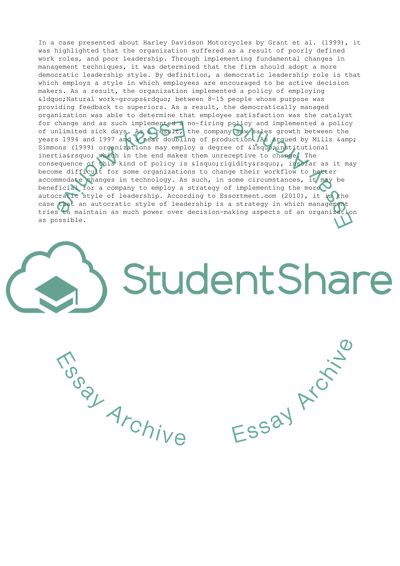Cite this document
(“The Effective Leadership Essay Example | Topics and Well Written Essays - 1000 words”, n.d.)
The Effective Leadership Essay Example | Topics and Well Written Essays - 1000 words. Retrieved from https://studentshare.org/management/1561684-management-concepts-essay
The Effective Leadership Essay Example | Topics and Well Written Essays - 1000 words. Retrieved from https://studentshare.org/management/1561684-management-concepts-essay
(The Effective Leadership Essay Example | Topics and Well Written Essays - 1000 Words)
The Effective Leadership Essay Example | Topics and Well Written Essays - 1000 Words. https://studentshare.org/management/1561684-management-concepts-essay.
The Effective Leadership Essay Example | Topics and Well Written Essays - 1000 Words. https://studentshare.org/management/1561684-management-concepts-essay.
“The Effective Leadership Essay Example | Topics and Well Written Essays - 1000 Words”, n.d. https://studentshare.org/management/1561684-management-concepts-essay.


